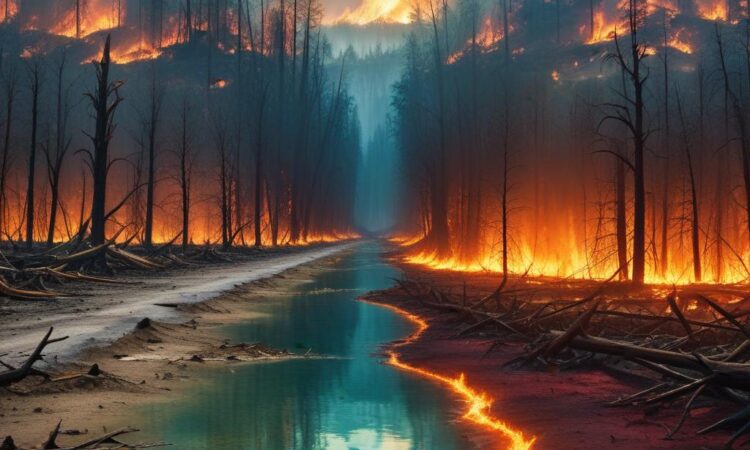Climate Change and Extreme Weather: The Rising Costs
Hey everyone, let’s talk about something seriously important: climate change and how it’s cranking up the dial on extreme weather events. We’re not just talking about a slightly warmer summer here; we’re seeing a dramatic increase in the frequency and intensity of things like hurricanes, droughts, floods, and wildfires. And guess what? That’s costing us – and I mean *really* costing us.
Think about it: a major hurricane slams into a coastal city. The damage is mind-boggling – wrecked homes, businesses wiped out, infrastructure in shambles. The economic fallout ripples outwards, affecting insurance companies, taxpayers, and whole communities for years to come. We’re talking billions, sometimes trillions, of dollars in damage.
And it’s not just the financial toll. These extreme weather events have devastating human consequences. People lose their homes, their livelihoods, even their lives. Disasters displace communities, create refugee crises, and strain resources already stretched thin. The human cost is immeasurable, and it’s a tragedy that’s unfolding across the globe.
So, what’s the connection to climate change? Scientists have overwhelmingly shown that a warming planet is fueling more intense and frequent extreme weather events. Warmer oceans lead to stronger hurricanes. Changes in atmospheric patterns create more unpredictable rainfall, leading to both droughts and devastating floods. Longer, hotter summers create the perfect conditions for massive wildfires.
It’s not just about the immediate damage either. These events have long-term repercussions. The disruption of agriculture can lead to food shortages and price hikes. Damage to infrastructure can hamper economic growth for years. And the mental health impact on individuals and communities affected by these disasters is significant and often overlooked.
The good news (or at least, the less bad news) is that we’re not powerless. We can take action to mitigate the effects of climate change and adapt to the changes that are already underway. Mitigation means reducing greenhouse gas emissions – transitioning to cleaner energy sources, improving energy efficiency, and promoting sustainable transportation are crucial steps.
Adaptation focuses on preparing for the impacts we already know are coming. This means investing in resilient infrastructure, developing early warning systems for extreme weather, and implementing better disaster preparedness and response plans. It also involves creating more climate-resilient agriculture and supporting communities in adapting to changing conditions.
This isn’t a problem that any single country or individual can solve alone. It requires global cooperation, innovative solutions, and a fundamental shift in how we think about our relationship with the planet. We need international agreements, strong policies, technological breakthroughs, and a widespread commitment to sustainable practices.
The costs of inaction are far greater than the costs of taking action. Ignoring the threat of climate change will only lead to more frequent and more intense extreme weather events, resulting in even greater economic losses, human suffering, and environmental degradation. We need to act now, decisively and collaboratively, to protect our planet and build a more sustainable future for generations to come. This isn’t just about saving the planet; it’s about saving ourselves.
We need to think big, think long-term, and think globally. This is a challenge that requires all hands on deck – governments, businesses, communities, and individuals. Every small step we take towards reducing our carbon footprint and building resilience matters. Let’s work together to create a safer, more sustainable future.
Think about the stories behind the statistics. Think about the families displaced, the businesses ruined, the lives lost. Let’s turn our awareness into action, and let’s make a real difference.
This isn’t just a problem for future generations; it’s a problem we’re facing right now. Let’s act accordingly.

